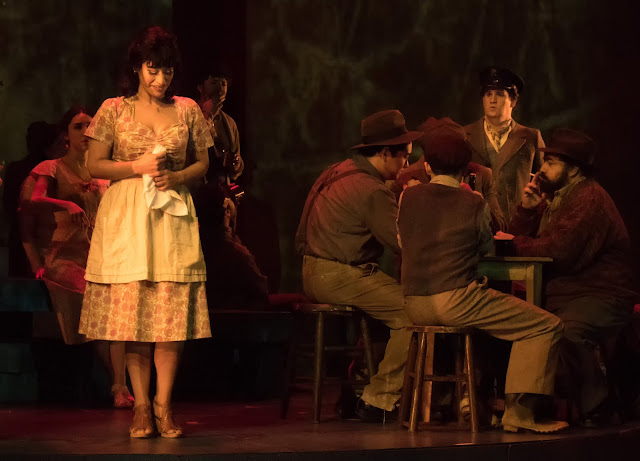One of my favorite photography locations is located in the badlands of northwest New Mexico. It was named "the Black Place" by Georgia O'Keeffe, who visited it many times and painted a number of pictures based on the colors and shapes of the landscape she saw there.
I, too, have visited the Black Place many times -- though probably not as many as O'Keeffe -- and enjoy photographing it in different light and different seasons.
(You can see my earlier posts about the Black Place by clicking here, here, here, or here.)
After three months of Covid self-quarantining, my photo buddy Alan and I decided we could safely get out of town for some photography, so we headed for the Black Place . . . in separate vehicles.
Our goal was a "blue hour" and "golden hour" sunrise shoot at a location Alan remembered from an earlier visit. Because it was late May, the sun was rising around 6:00am, so we had to leave early. Figuring driving time and time to hike in and set up, we had to leave about 3:15am to be there in time.
We made it in time to get a nice "blue hour" image before sunrise:
(The stars, which you can see if you look closely, are Saturn and Jupiter.)
And then the sun began to light up the feature:
Nearby were a few other photo-worthy items -- not awesome, but interesting. In particular, two large rocks made of shale:
Shale consists of many tiny layers of mud compacted over a period of millions of years in flood plains and lagoons where the water is relatively still. The layers are usually very thin and fragile and they break off into large and small flakes when exposed to erosion.
The ability or tendency of rock to split along flat planes is called "fissility." You can see the layers here:
Seventy-five to 100 million years ago, the badlands of NW New Mexico were on the western edge of a great inland sea, where sediments settled and compacted over time. As a result, now the whole area of the Black Place is strewn with shale flakes, large (lower right quadrant in the photo below) . . .
. . . and small:
By the way, the blue-gray crumbly stuff you see surrounding the shale flakes is a different kind of shale called Mancos shale. It is essentially dried mud, but with a different of mix of minerals and particulate fineness.
Here you can see mostly Mancos shale with a few large and small pieces of regular shale.
A few other interesting formations caught my eye: rocks elevated slightly above the surrounding ground.
Someday they may become full-grown hoodoos!
If you would like to see these images in a larger format, please visit my photography website, Todos Juntos Photography, by clicking here.
Enjoy!














































































